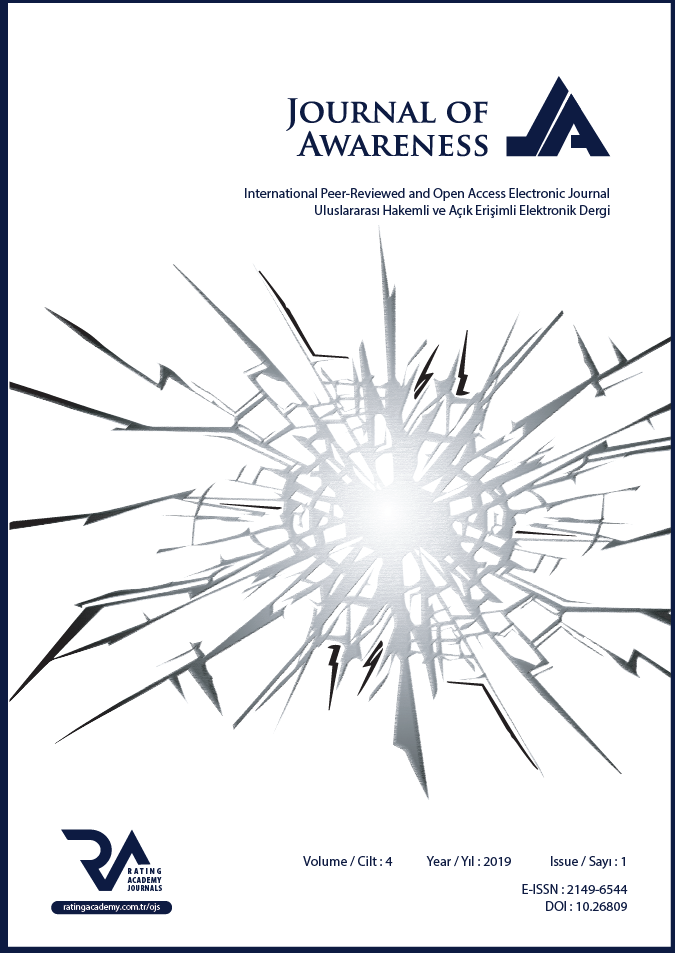RÖNESANS SANATINDA AT İMGESİ VE TEMSİLİ
HORSE IMAGE AND REPRESENTATION IN THE ART OF RENAISSANCE
Author(s): Erdal KARASubject(s): Fine Arts / Performing Arts
Published by: Rating Academy
Keywords: Horse; Representation; Renaissance; Image; Art;
Summary/Abstract: The horse is one of the most depicted images in the history of art after the human figure. Horses were first described in the Greek and Roman art with anatomical accuracy and artistic expression. The technical and formal knowledge of classical art, which was lost during the Middle Ages, reappeared with the Renaissance and the horse figures were competently re-enacted in the art. The image of horse in Renaissance art has different meanings according to its usage area and form. In the great compositions of Paolo Uccello, about the Battle of San Romano, horses representing the military power of the armies emerged as white horses in religious paintings and became the symbol of purity and goodness. With the transformation of equestrian portraits and monumental sculptures into a genre, the image of the horse represented political and military power and added to the work of art the effect of supremacy and nobility. Leonardo da Vinci developed the figure of the horse with movement and anatomical accuracy, and the expressions of horses through mediation provided an emotional dimension. In the 16th century, Titian made the first oil painting equestrian portrait in the history of art. Late Renaissance artists have often used horse figures to create the effect of movement and dynamism on large compositions and have led to similar subjects in subsequent art movements.
Journal: Journal of Awareness (JoA)
- Issue Year: 4/2019
- Issue No: 1
- Page Range: 1-18
- Page Count: 18
- Language: Turkish

